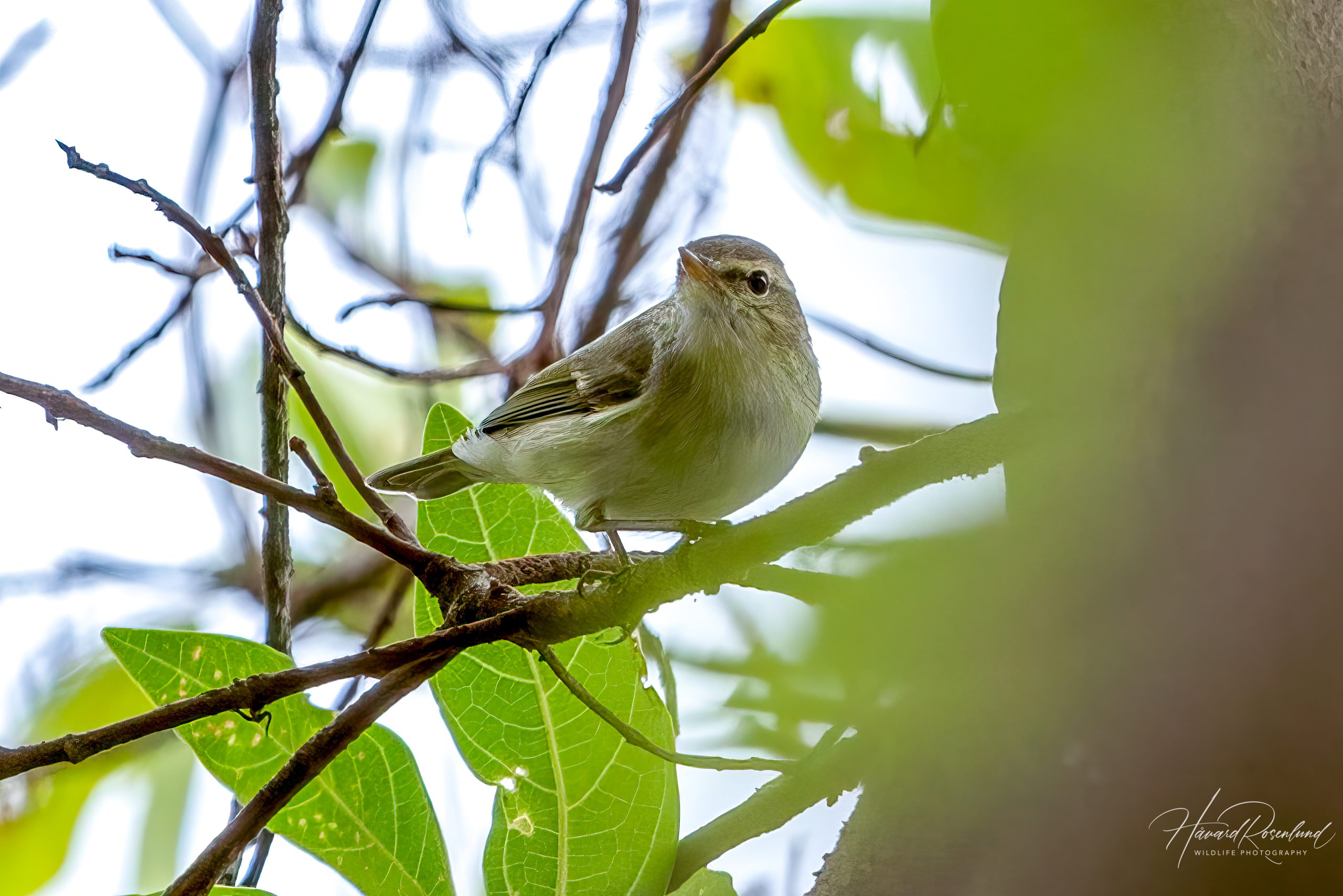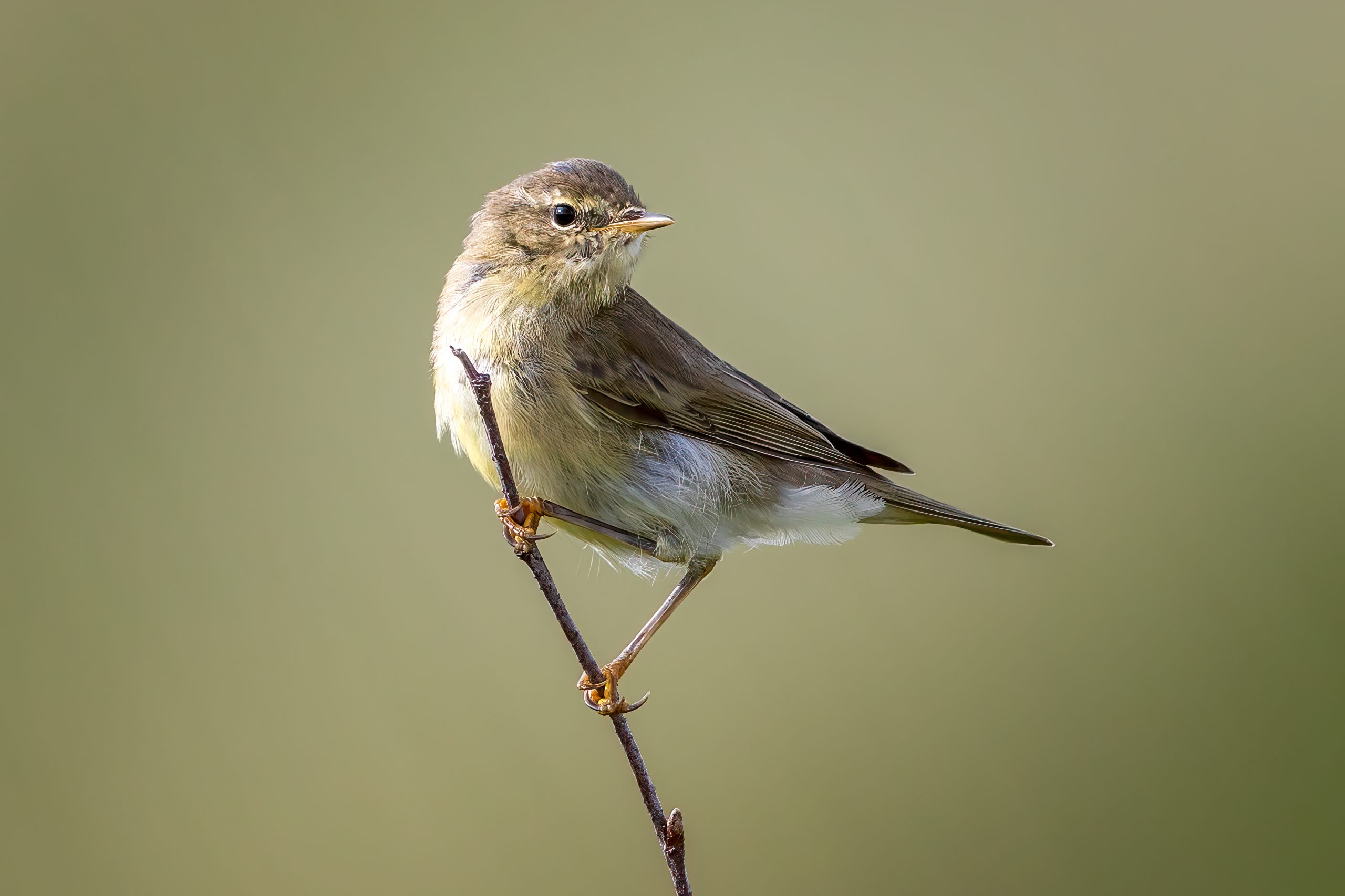Greenish Warbler
(Phylloscopus trochiloides)
Description
The greenish warbler (Phylloscopus trochiloides) is a small passerine bird with a breeding range that extends from Eastern Europe across temperate Asia to the Himalayas. It measures approximately 10-11 cm (3.9-4.3 in) in length with a wingspan of about 16-20 cm (6-8 in). It has olive-green upperparts and off-white underparts, with a characteristic pale supercilium (eyebrow) and a single white wing bar that differentiates it from most similar species. The most similar species, which shares the wing bar, is the Arctic warbler (Phylloscopus borealis). This species is larger, have a larger bill and a slightly narrower supercilium than the greenish warbler.
Diet & habitat
This species thrives in various habitats, including mixed and deciduous forests, woodlands, and scrubby areas. The greenish warbler primarily feeds on insects and spiders, foraging actively among foliage and branches. It uses a variety of feeding techniques such as gleaning from leaves, sallying (flying out to catch insects mid-air), and hovering to access prey on the underside of leaves.
Migration
The greenish warbler is a migratory bird, embarking on long-distance journeys between its breeding grounds in the Palearctic region and its wintering grounds in South Asia, particularly in the Indian subcontinent. Migration occurs twice a year, with birds typically leaving their breeding areas in late summer and returning in the spring. The species covers significant distances during these migrations, showcasing remarkable endurance and navigational skills.
Nesting
Breeding season for the greenish warbler usually spans from May to August. The species constructs cup-shaped nests in dense foliage, close to the ground. Females lay between 4 to 6 eggs, which are incubated for about 11-13 days. Both parents participate in feeding the chicks, which fledge approximately 12-14 days after hatching. The greenish warbler’s reproductive success is influenced by habitat quality and availability of food resources.
Status
The greenish warbler is currently listed as least concern on the IUCN Red List. Despite its wide range and stable to possibly increasing population trend, habitat destruction and climate change pose potential threats to its habitat, particularly in breeding and wintering areas.






